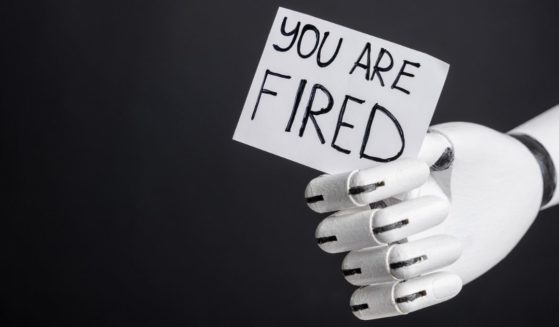New Study Casts Doubt on Beijing's Narrative, Finds Virus Was 'Pre-Adapted to Human Transmission'
A new study has challenged China’s claim that the coronavirus pandemic came from a wet market in the city of Wuhan last December.
The study found that the novel coronavirus was likely taken into the market by someone already carrying the disease.
Biologists Alina Chan, Shing Zhan and Benjamin Deverman compared the “evolutionary dynamics” between SARS-CoV-2, the scientific name for the novel coronavirus, and SARS-CoV, the scientific name for the coronavirus identified in 2003.
The researchers said they were “surprised” to find that the novel coronavirus detected in December closely resembled the 2003 coronavirus after it had already developed “several advantageous adaptations for human transmission.”
“Our observations suggest that by the time SARS-CoV-2 was first detected in late 2019, it was already pre-adapted to human transmission to an extent similar to late epidemic SARS-CoV,” the study said.
The researchers said that because the novel coronavirus was already adapted to be passed between humans, people must consider the possibility that it came from a human source rather than an animal.
“The publicly available genetic data does not point to cross-species transmission of the virus at the market,” Chan and Zhan said, according to the Daily Mail.
The researchers also compared samples from the Huanan Seafood Market in Wuhan and found that they were identical to the samples from humans.
“The market samples are genetically identical to human SARS-CoV-2 isolates and were therefore most likely from human sources,” the study read.
Chan and Deverman are scientists at the Broad Institute, a research unit affiliated with Harvard University and the Massachusetts Institute of Technology, and Zhan is with the University of British Columbia.
Their study, which was published early this month and has not been peer-reviewed, comes as the world tries to figure out the origin of the virus.
University of California, Berkeley research scientist Xiao Qiang told The Washington Post in April that the Chinese government needs to be transparent in order for scientists around the world to understand the virus.
“I don’t think it’s a conspiracy theory,” Xiao said of the idea that the virus could have come from a Wuhan lab. “I think it’s a legitimate question that needs to be investigated and answered. To understand exactly how this originated is critical knowledge for preventing this from happening in the future.”
By late January, NPR and other outlets reported the novel coronavirus most likely originated in a massive, well-traveled wet market in the city of Wuhan.
Medical experts on the ground indicated at the time that the Huanan Seafood Market had been the only major common denominator among those individuals admitted to Wuhan hospitals with the first known cases of the virus.
But the Chinese government has not made it easy for researchers to identify the source of the virus.
A Chinese official admitted on May 15 that the communist government ordered the destruction of samples of the coronavirus, citing safety and bureaucracy as the reasons.
Liu Dengfeng of the Chinese National Health Commission’s science and education department said samples of the virus were destroyed at unauthorized labs to “prevent the risk to laboratory biological safety and prevent secondary disasters caused by unidentified pathogens.”
Liu said “national-level professional institutes” were seeking to identify the virus causing the disease when it first impacted residents of Wuhan.
“Based on comprehensive research and expert opinion, we decided to temporarily manage the pathogen causing the pneumonia as Class II — highly pathogenic — and imposed biosafety requirements on sample collection, transport and experimental activities, as well as destroying the samples,” he said.
But Secretary of State Mike Pompeo has said China’s actions are part of its effort to hide the truth.
“It covered up how dangerous the disease is. It didn’t report sustained human-to-human transmission for a month until it was in every province inside of China,” he said on April 22. “It censored those who tried to warn the world, it ordered a halt to testing of new samples, and it destroyed existing samples.”
Truth and Accuracy
We are committed to truth and accuracy in all of our journalism. Read our editorial standards.












